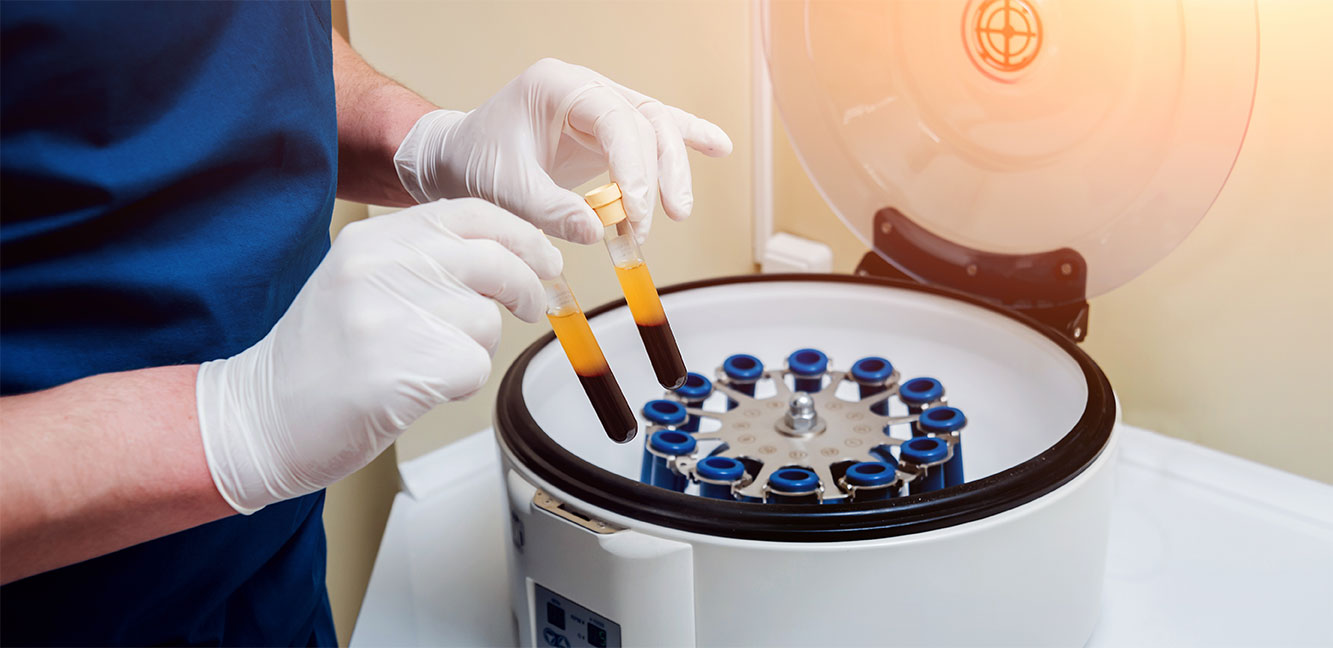
Platelet Rich Plasma
PRP is a minimally invasive outpatient procedure and can reduce pain, improve function and help you return to your normal activities or sporting pursuits. A course of PRP involves three injections given at two to three-week intervals. The recommendations are based on current research, and your doctor will discuss the treatment protocol with you as some people require further injections.
Platelet rich plasma treatment (PRP) is a novel approach to therapy, using a patient’s own blood to encourage the healing of injured joints, muscles, tendons, and ligaments. This autologous (contains only products from your own body) blood-derived product has an increased concentration of platelets in plasma when compared to current therapies and is used to deliver enhanced levels of growth factors to the target region. Moreover, PRP has been employed in surgeries since 1987 to promote cell generation in patients and is currently used to treat several conditions, including torn tendons, tendinitis, muscle injuries, arthritis-related pain, and joint injuries. More recently, PRP has been adopted in the world of cosmetic surgery and is being used in treatments such as hair replacement.
Platelets are a type of blood cell that enables your blood to clot whilst also playing a key role in your body’s healing process. Therefore, having a large concentration of these cells in treatment can promote the healing process. The plasma, the liquid where the platelets reside, is drawn from your body before being placed in a machine that separates the PRP from the rest of the blood. This PRP is then injected into the area of your body being treated. Given the wide array of uses of PRP, this may be into your muscle, joints, or tendons. Once the platelets are in the target area, they will break down, releasing growth factors. Growth factors are important proteins that stimulate cell growth, differentiation, survival, inflammation, and tissue repair; collectively, triggering your body’s healing process.
PRP has been widely used across many different fields, including oral, plastic surgery, and sports medicine. This is especially relevant if you are experiencing knee pain as the current evidence suggests that PRP can augment the treatment of muscle strains, in addition to tendon and ligament healing (Redler et al., 2011).
In England alone, it is suggested that 18.2% of adults over the age of 45 have osteoarthritis of the knee, which is predicted to increase further (Webb et al., 2004). The level of knee pain PRP can treat is vast, with its use in sports medicine and less severe injuries being widely discussed; however, several studies have also shown its potential use in more severe knee pain, including knee osteoarthritis. In a 2013 trial, 78 patients with osteoarthritis were given PRP injections, with the findings revealing that the treated patients saw a significant reduction in both pain and stiffness, in addition to the overall improvement of knee function, in as little as six weeks (Patel et al., 2013). The prevalence of knee osteoarthritis, paired with the highly promising results shown in research, highlights the beneficial impact that PRP has in medicine.
Our Specialists

